ETIOLOGY
Retinal hemorrhage associated with sickle cell disease was first published in a case report by Cook in 1930. In 1937, Harden demonstrated a consistent finding of dilated and tortuous retinal vessels in patients with sickle cell disease, and this finding was further substantiated by Klinefelter in 1942. However, it was not until 1942 that the underlying mechanism of sickle cell retinopathy was proposed. Ray and Cecil suggested that occlusion of small vessels by sickled erythrocytes caused the observed changes in retina. This work was further driven by Verhoeff, who, in 1947, provided pathophysiological basis of vitreous hemorrhage, neovascularization and infarction due to sickled cells.
Sickle cell retinopathy is as a result of the complication of sickle cell disease i.e. a sign of another medical condition in this case which the sickle cell disease. Sickle cell hemoglobinopathy is a disorder in which genetic mutations in the beta subunit of adult hemoglobin increase the propensity for intravascular erythrocyte deformation in a low oxygen environment. This results in distal tissue ischemia and a host of related systemic and ocular complications.
EPIDEMIOLOGY
The incidence of sickle cell trait (SC) and Hemoglobin C trait are 8% and 2%, respectively, and uncommonly have ocular sequelae and affects 90,000-100,000 Americans. Sickle cell hemoglobin C (SC) and Sickle cell thalassemia (SThal), are milder systemic forms in the sickle cell disease spectrum, but have a 33% and 14% incidence of proliferative sickle cell retinopathy, respectively.
CONTROL/TREATMENT
The key to treating sickle cell retinopathy is managing the underlying causes of this condition which is sickle cell disease. Most common tools/tests for diagnosis of hemoglobinopathies and thalassemia disorders are pre-implantation genetic diagnosis, genetic and blood testing, alkaline and acid gel electrophoresis, hemoglobin electrophoresis, prenatal genetic testing and HbA2 quantification by ion exchange column chromatography. Increased awareness about genetic testing for diagnosis of sickle cell anemia and other disorders is expected to contribute toward revenue growth in the near future. Genetic testing is an emerging cost-effective approach to reduce the pervasiveness of the disease. Common therapies available are blood transfusion, bone marrow transplant, chelation therapy and hydroxyurea. Higher capital & reagent costs and inadequate required skills and experience for interpreting the results due to data complexity are among major restraints.
Laser photocoagulation
Treatment of sickle cell retinopathy depends upon the presence or absence of proliferative disease. Non-proliferative disease should be observed by the ophthalmologist periodically (e.g., every 6 months). The patient should be regularly followed by a primary care physician and/or hematologist for surveillance of other symptoms and signs of systemic disease. Proliferative disease is managed with low-intensity scatter photocoagulation to the junction of perfused and non-perfused peripheral retina. Care must be taken in applying the laser, as retinal tears and subsequent rhegmatogenous retinal detachments are more common in this disease than in proliferative diabetic retinopathy. Furthermore, ophthalmologists should avoid treating large areas (i.e., greater than 3-4 clock hours) of peripheral non-perfusion in one treatment session, as these patients are more prone to anterior segment ischemia. Patients who present with stage 3 to 5 proliferative disease should be referred to a retina specialist due to the potential risk of severe vision loss.
Vitrectomy
Proliferative disease may lead to non-clearing vitreous hemorrhages, which may necessitate pars plana vitrectomy. In the unfortunate event of a rhegmatogenous or tractional retinal detachment, the surgical approach should include the following considerations to best prevent anterior segment ischemia: local anesthesia without epinephrine, avoidance of encircling scleral buckles (which can promote anterior segment ischemia), maintenance of the extraocular muscles, cautious use of cryopexy, generous intravenous hydration, and the use of supplementary oxygen
Additionally, anti-VEGF therapy is regarded as a potential treatment option for proliferative disease.

What is @bettervision about?
@bettervision is is a project initiated by @nattybongo and friends to give back to the society the knowledge and skill acquired through the Optometric Studies in Kwame Nkrumah University of Science and Technology, Ghana.It is an outreach system where we visit the less privileged communities to offer free eye screening services and education to the people within the community
AIMS AND OBJECTIVES
To reduce or prevent vision loss through diseases such as glaucoma, cataract and refractive errors.
To enlighten the majority of the Ghanaian population about the importance of proper visual care.
To conscientize people on the need for regular eye checks
To get more people to have their wards screened within the Critical periods of a Child’s Vision Development; thus from ages 3 to till about 10 years.
To help the blind and people with low vision live a better life within the society through education of the general public to stop stigmatization.
To help in the fight of extreme poverty that puts the health of people at risk

Our greatest gratitude goes to @fundition @adollaraday @surfyogi @girlsfoundation @bleepcoin @ackza @indigoocean @nanzo-scoop @steemstem @demotruk @pennsif @steem-ambassador @kasho and @wafrica for helping to make the aims and objectives of @bettervision a reality.

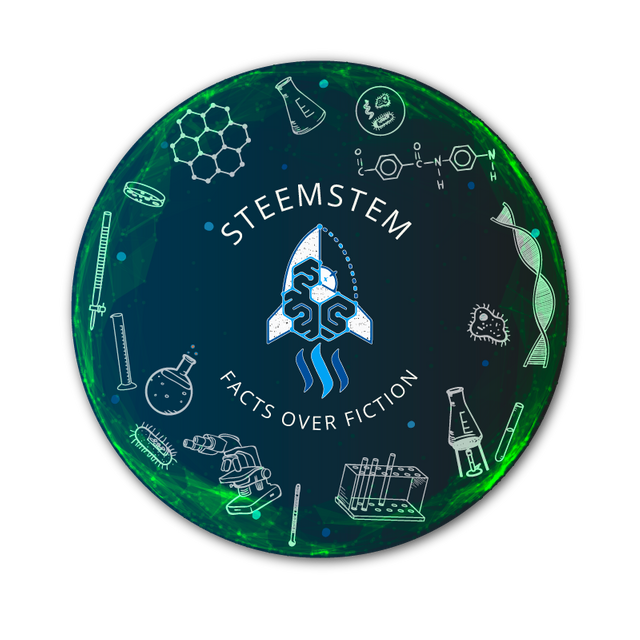
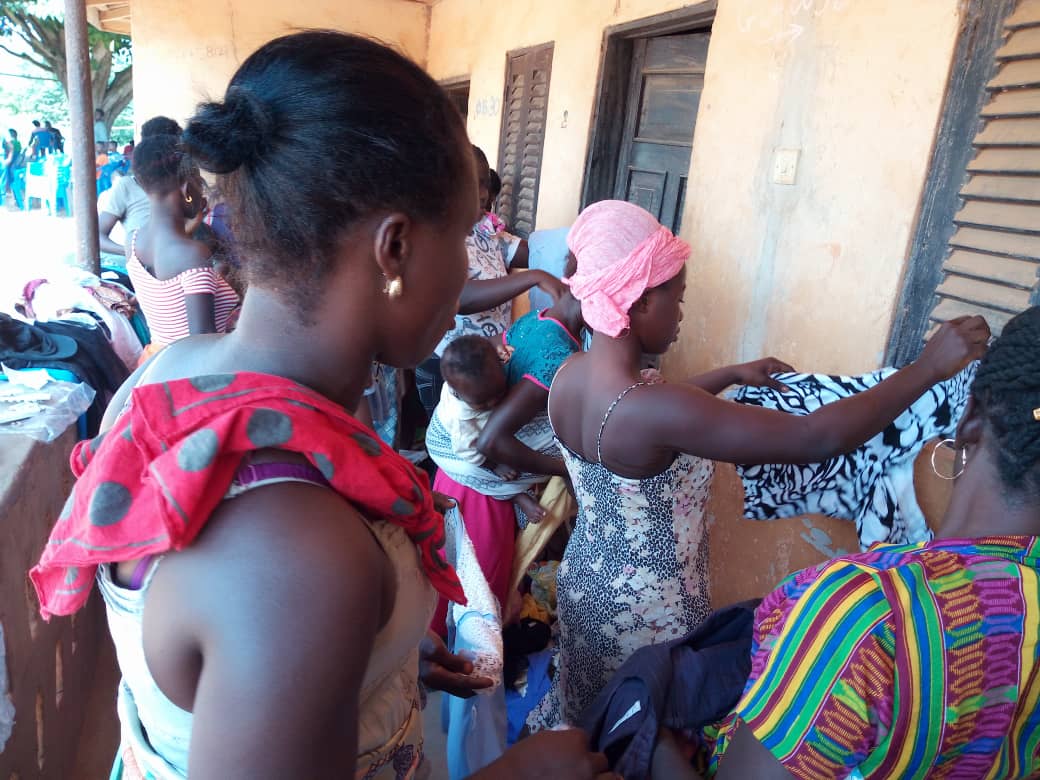shirt.jpg](https://images.hive.blog/768x0/https://cdn.steemitimages.com/DQmWXDW38QB8fmZMR4SpYJgC2FvUBLbbDGLfAjc5VKgmGzt/steemit%20shirt.jpg)
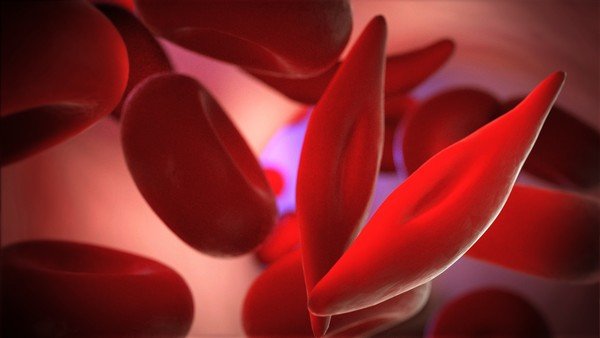
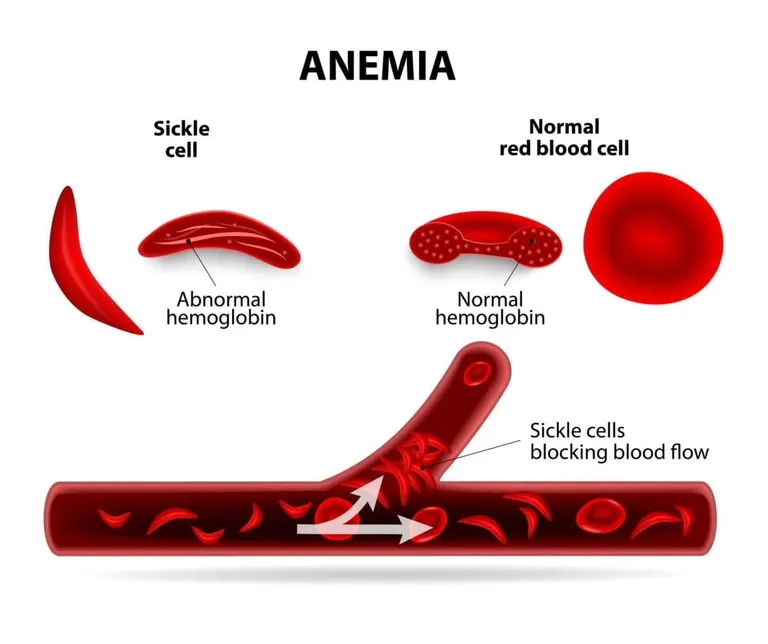
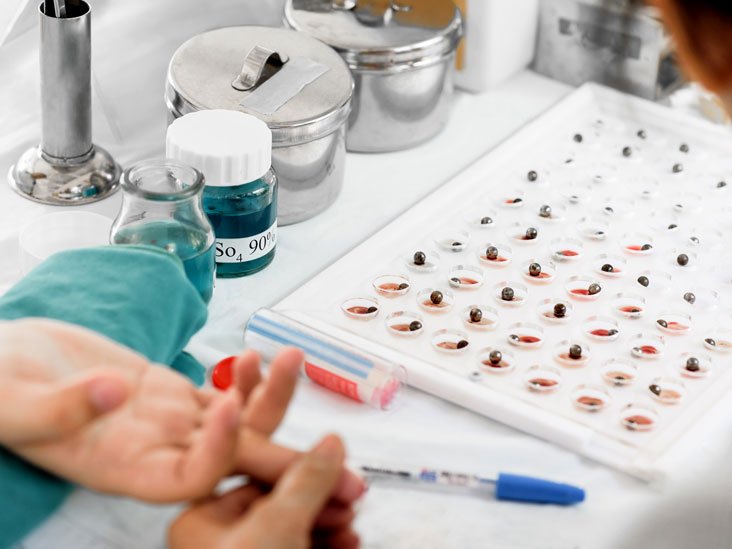
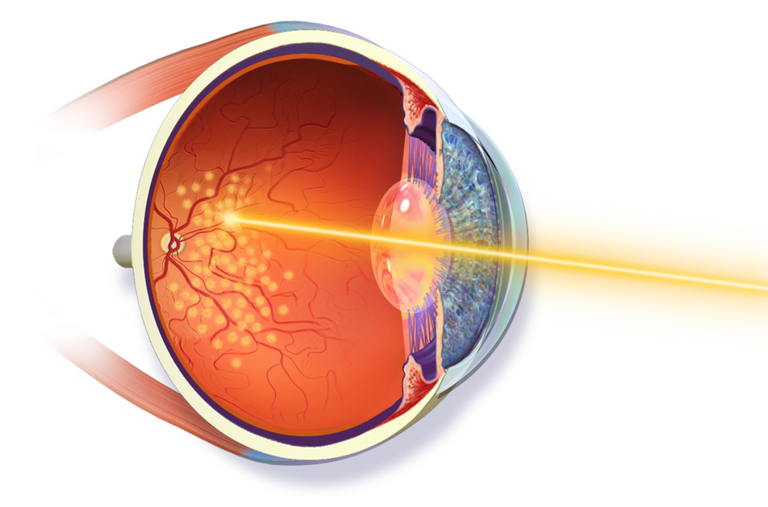

Hello! I find your post valuable for the wafrica community! Thanks for the great post! We encourage and support quality contents and projects from the West African region.
Do you have a suggestion, concern or want to appear as a guest author on WAfrica, join our discord server and discuss with a member of our curation team.
Don't forget to join us every Sunday by 20:30GMT for our Sunday WAFRO party on our discord channel. Thank you.
This project is being supported by @Fundition the next-generation, decentralized, peer-to-peer crowdfunding and collaboration platform, built on the Steem blockchain.
Read the full details of Fundition Fund program
Learn more about Fundition by reading our purplepaper
Join a community with heart based giving at its core
Fundition is a non profit project, by supporting it with delegation you are supporting 200+ projects.
50SP100SP200SP500SP1000SP2000SP5000SP10000SP